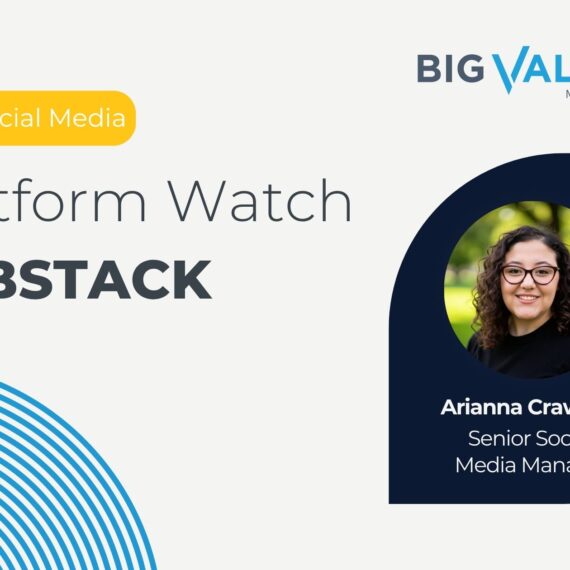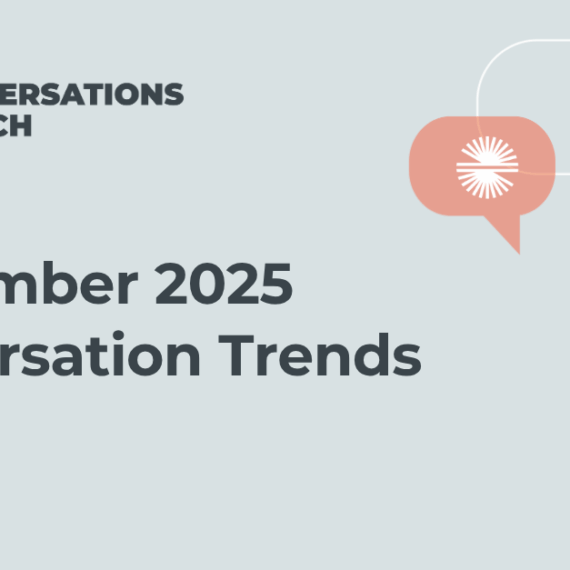Public relations and communications skills have never been more important for business and organizational success. However, the functions don’t get the respect they deserve because the industry hasn’t evolved beyond tactical ways of measuring impact.
The two dominant methods for “valuing” PR have been time (how most agencies charge for their services) and results (how clients and agencies show their work product to stakeholders). We’re overdue for an upgrade.
It’s time for the industry to get serious about defining, measuring, and communicating value and impact in more relevant business terms – both tangible and intangible.
The metrics are already known – revenue growth, profitability, market share, brand reputation, audience engagement, employee retention, etc. The methods are also reasonably defined, though not well known or understood by the majority of communicators. It’s a sad reality that many clients and agencies are focused on simple metrics due to lack of education and lack of commitment.
As an industry, we have plenty of tools and techniques. Many have been pioneered by savvy research and measurement leaders over the past 20-30 years via the Institute for PR and AMEC, among others. Now we need to step up with the right leadership and investment, client by client and agency by agency. This is not purely a measurement issue. This is a management issue.
Put simply: If we don’t have clear objectives or defined metrics, how do we know what impact we have? What’s our value to the organization? WHY and HOW are we investing their money?
So, what’s holding us back?
Ignorance: “PR can’t be measured.”
It’s amazing how often I continue to hear that in 2023, despite 50+ years of practitioner and academic collaboration on the topic; 25+ years of published studies and best practices by the Institute for PR Measurement Commission; and 25+ years of dedicated practice by measurement experts in AMEC.
What this really means is that not every communications professional has invested the time to learn what’s possible, in part because they’re busy solving other problems and learning other skills. That may have been an OK excuse in 1993, but not in 2023. Your organization needs you to take it seriously.
You don’t need to become the end-all, be-all measurement expert yourself. But you need to find someone who is – and either hire them or contract with them to be a core part of your team. And if you’re leading the team, you need to learn enough about the metrics that matter to your business (not just your function), so you can have the right discussions with your CEO, CMO and CFO.
Investment: “I don’t have budget for analytics.”
This is another standard refrain, and while often true, it reflects just how much the industry has botched this conversation. Think about it: You were hired by your company or client to do something. They at least have some belief or instinct that your role is needed. They may not know how to measure it, but the CEO comes into your office when there’s a market opportunity or reputational problem.
In many ways, it’s our job to quantify the belief that led to hiring us or investing in the function. We can start by asking why we were hired, how the budget was determined, and how key leaders value various parts of what we do. We can illuminate basic but overlooked assumptions about how our work impacts customers, partners, investors, employees and other stakeholders. We can think through the chain of influence that links our output to outcomes across channels and disciplines.
Communications may be the only business function that asks for separate budget to measure what we do. Most other functions just build it into the budget, and bake it into the operation. Do demand gen teams ask for separate budget to track their email campaigns? Nope. Did advertising agencies ask for permission separately to do brand tracking studies? Nope, they just built into the budget.
Once we break down the assumptions and start to focus on value and impact, the rationale for investing in analytics and measurement becomes obvious. For example, many of my clients invest in communications based on a belief or instinct that it will help them grow and win in their markets.
One CMO instinctively believes that PR, content and social media have the biggest impact for them, because they drive persistent presence in the market. As he says, “no one is born with the knowledge of FourKites” – if they’re going to the website, “chances are it’s due to comms.”
Another client CMO sees communications as the linchpin for her startup to create a new market category, and set them up as the ultimate winner in that category. It’s up to us (and her) to determine how to measure that over time.
Inertia: “That’s how we’ve always done it.”
Innovation requires a willingness to change. Whether that’s championed by individual leaders in an organization, or motivated by external threats, the need to innovate is a critical success factor for any business. (See: Blackberry, the movie.) I would argue that innovation is equally critical for each business function as well.
Looking at the state of public relations and communications in 2023, many significant challenges face the industry, including: the decline of quality journalism, the spread of misinformation and disinformation, and the emergence of generative AI.
I would argue that our industry’s lack of focus on value and impact is on the short list, and one that’s most easily addressed with a commitment to invest and experiment.
We can’t wait for someone else to drive this change. It’s up to all of us, shifting our focus to drive value and impact every day from planning and execution to evaluation and optimization – using data to inform our decisions and actions across channels and disciplines.
How can we mobilize the movement?
- Let’s agree to push beyond simple answers and simple metrics.
- Let’s break down the assumptions and build up the connections.
- Let’s move away from tracking and billing time, which undervalues our work.
- Let’s use research and analytics as a GPS, not just a scorecard.
- Let’s stop thinking small and start thinking big.






